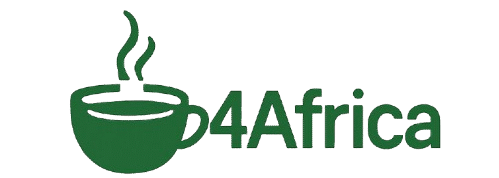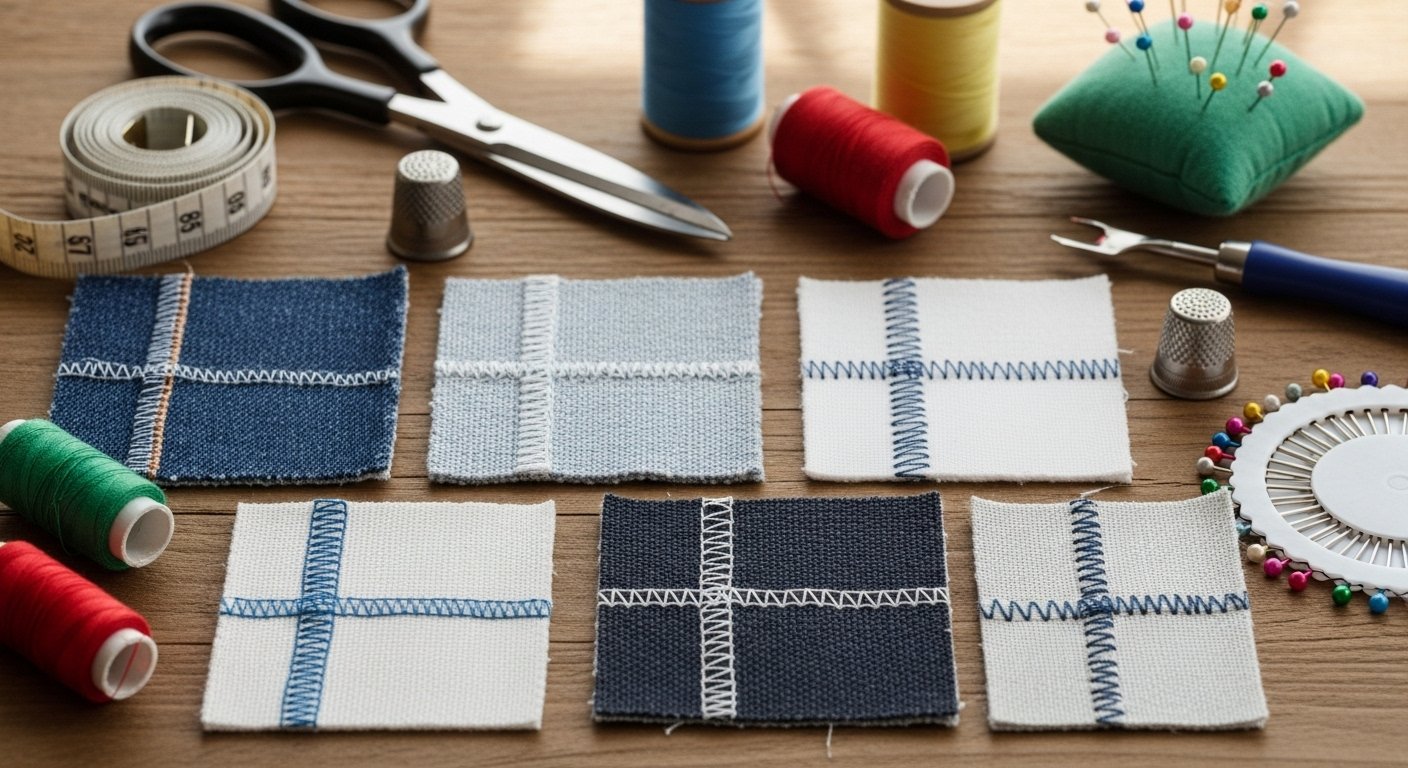Sewing is a craft that beautifully merges creativity with precision. Among its many components, nahttypen—or seam types—play a vital role in determining the strength, elasticity, and appearance of a finished garment or fabric product. Each type of seam serves a specific purpose, whether it’s for aesthetics, durability, or functionality. This article explores the most common nahttypen, their applications, and best practices for achieving professional results.
What Are Nahttypen?
The term nahttypen refers to various ways two or more pieces of fabric are joined together. Depending on the design, material, and intended use of a garment, different seam constructions are chosen. These methods not only hold fabrics together but also affect the comfort, stretch, and longevity of clothing.
For instance, lightweight fabrics require delicate seams, while denim or canvas demand stronger, reinforced ones. By understanding nahttypen, sewers can ensure both structural integrity and visual appeal.
The Importance of Choosing the Right Nahttypen
Selecting the correct nahttypen is essential because it influences how a garment behaves over time. The wrong seam can cause puckering, unraveling, or discomfort during wear. Additionally, some seams are meant to be decorative, enhancing the garment’s overall look, while others are functional, prioritizing strength and endurance.
When considering which seam type to use, think about:
- The fabric weight and texture
- The function of the item (e.g., sportswear vs. evening wear)
- The ease of sewing for the chosen material
- The care instructions (some seams tolerate washing better than others)
Common Types of Nahttypen
Let’s explore some of the most widely used nahttypen and their applications in modern sewing.
1. Plain Seam (Geradstichnaht)
The plain seam is the simplest and most frequently used of all nahttypen. It involves sewing two fabric edges right sides together, then pressing the seam open. It’s suitable for most woven fabrics and forms the basis for many other seam types.
Best for: Everyday garments, cotton fabrics, and basic clothing construction.
Tip: Always finish raw edges with a zigzag stitch or serger to prevent fraying.
2. French Seam (Französische Naht)
The French seam is a neat, enclosed seam used on delicate or transparent fabrics. It hides raw edges inside a double seam, giving a polished and professional appearance.
Best for: Silk, chiffon, organza, and other lightweight fabrics.
Technique: Sew the wrong sides together first, trim excess fabric, then sew again with right sides together.
This nahttypen is ideal for garments that need a soft interior finish without visible stitches.
3. Flat-Felled Seam (Kappnaht)
A flat-felled seam is one of the strongest nahttypen used in sewing. It encloses raw edges and provides a clean, flat appearance on both sides. It’s commonly found in jeans, workwear, and outdoor garments.
Best for: Denim, canvas, and fabrics that require durability.
Advantages: Reinforced strength, resistance to fraying, and a professional look.
4. Overlocked Seam (Overlocknaht)
This nahttypen is created using a serger (overlock machine), which trims, sews, and finishes fabric edges in one step. The overlocked seam is essential in knitwear and stretch fabrics because it allows elasticity and prevents fraying.
Best for: Stretch fabrics, sportswear, and T-shirts.
Note: Always test thread tension before stitching to avoid stretching the fabric too much.
5. Lapped Seam (Überlappte Naht)
In a lapped seam, one fabric edge overlaps another and is topstitched. This seam is often visible and decorative while maintaining strength.
Best for: Leather, vinyl, or decorative stitching on outerwear.
Uses: Common in jeans, jackets, and upholstery work.
6. Bound Seam (Eingefasste Naht)
A bound seam encloses raw edges with bias tape or fabric binding. It’s decorative and prevents fraying, giving a clean finish even on unlined garments.
Best for: Coats, unlined jackets, and decorative interiors.
Advantage: Offers both strength and style.
7. Double-Stitched Seam (Doppelt Genähte Naht)
This nahttypen adds reinforcement by sewing two parallel lines of stitching. It’s excellent for areas that experience stress, such as shoulders or inseams.
Best for: Workwear, bags, and heavy-duty fabrics.
Tip: Use matching or contrasting thread depending on the design effect you want.
8. Zigzag Seam (Zickzacknaht)
The zigzag seam is versatile and primarily used for finishing raw edges or adding elasticity to seams. It’s suitable for home sewers without access to an overlock machine.
Best for: Knits, woven fabrics, and stretchy materials.
Usage: Great for quick seam finishing or securing appliqué designs.
9. Slot Seam (Schlitznaht)
The slot seam creates a visible, decorative gap between fabric panels. It’s achieved by sewing two fabric edges onto a strip of fabric placed underneath.
Best for: Decorative garments and contrast designs.
Effect: Adds texture and color contrast.
Factors to Consider When Choosing Nahttypen
When selecting the appropriate nahttypen, several practical factors come into play:
- Fabric Type:
Lightweight fabrics need enclosed seams; heavy fabrics benefit from reinforced ones. - Seam Strength:
Consider how much tension or wear the seam will endure. - Aesthetic Appeal:
Some seams add visual flair, while others should remain hidden. - Ease of Construction:
Beginners may prefer simpler nahttypen like plain or zigzag seams, while professionals can explore complex finishes. - Maintenance and Durability:
Choose seams that can withstand washing and stretching without distortion.
Tools and Equipment for Perfect Seams
To create flawless nahttypen, having the right equipment is essential:
- Sewing machine with adjustable tension and stitch width
- Serger (overlock machine) for professional finishes
- Iron and pressing tools for setting seams
- Seam ripper for corrections
- Quality thread matching fabric fiber
- Specialized feet like edge stitch or zipper foot
Proper pressing after each seam ensures crisp, professional results and prevents bulk.
Decorative Use of Nahttypen
Beyond functionality, nahttypen also contribute to fashion design. Decorative seams highlight contours, create contrast with thread color, or emphasize craftsmanship. For instance:
- Topstitching adds structure and design accents.
- Lapped seams give a tailored, rugged look.
- Bound seams can showcase patterned bias tape for color pops.
These artistic touches make garments stand out and elevate simple patterns to designer quality.
Nahttypen in Industrial vs. Home Sewing
In industrial settings, nahttypen are standardized for efficiency and durability. Automated machines produce uniform seams suited for mass production. At home, however, sewers enjoy more freedom to customize and experiment with seam finishes.
Industrial seam codes, such as ISO 4916, classify nahttypen based on function and construction method—useful for manufacturers ensuring consistent quality. Home sewing, on the other hand, emphasizes creativity and personalization.
Caring for Garments Based on Nahttypen
Proper garment care extends the life of seams:
- Delicate seams (like French seams) require gentle washing.
- Overlocked seams handle machine washing well but can stretch with heat.
- Flat-felled seams thrive in durable, long-lasting garments like jeans.
Always follow fabric care labels, and reinforce seams if you notice signs of wear.
Conclusion
Understanding nahttypen is fundamental to mastering sewing techniques. Each seam type offers unique advantages, from elegance and delicacy to rugged durability. By selecting the right nahttypen for your fabric and project, you ensure both aesthetic beauty and structural integrity.
Whether you’re crafting couture dresses, everyday wear, or durable workwear, the power of a well-made seam cannot be underestimated. Mastery of nahttypen transforms your sewing from functional to truly exceptional.

